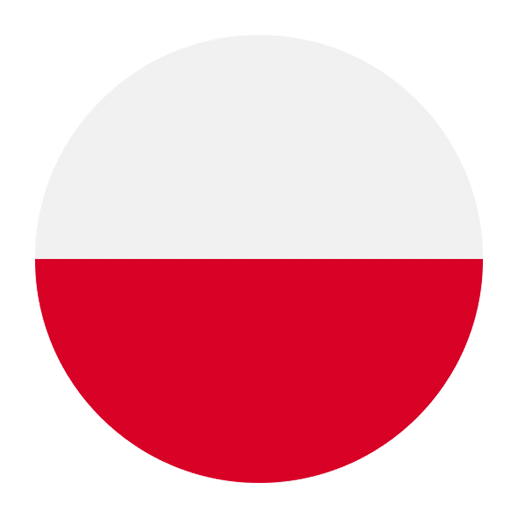Learning a new language is always an exciting journey, filled with the discovery of new words, expressions, and cultural nuances. If you’re diving into Polish, you might find some words that look or sound quite similar but have completely different meanings. Two such words are “grzyb” and “grzać.” While they might seem perplexingly alike, they occupy very different realms of the Polish lexicon. Let’s explore these words and understand how to use them correctly.
Grzyb: The World of Mushrooms
The word “grzyb” (pronounced “gzhib”) means “mushroom” in Polish. It’s a simple noun that refers to those fascinating fungi we often see in forests, on our dinner plates, or even in our gardens. Poland is a country with a rich tradition of mushroom picking, making “grzyb” a word that you’ll hear quite often, especially in the autumn months.
Types of Mushrooms
In Polish cuisine and culture, mushrooms are quite significant. Here are some types of mushrooms you might encounter:
– **Pieczarka**: Common mushroom, often used in cooking.
– **Borowik**: Porcini mushroom, highly valued and often foraged.
– **Kurki**: Chanterelle mushrooms, another favorite in Polish kitchens.
– **Muchomor**: Fly agaric, a toxic mushroom that is famous for its red cap with white spots.
Using “Grzyb” in Sentences
To get a better grasp of how to use “grzyb” in sentences, let’s look at some examples:
– Idziemy na grzyby. (We are going mushroom picking.)
– Ten grzyb jest trujący. (This mushroom is poisonous.)
– Mam przepis na zupę z grzybów. (I have a recipe for mushroom soup.)
As you can see, “grzyb” can be used in various contexts, from everyday conversations about food to activities like mushroom foraging, which is a popular pastime in Poland.
Grzać: The Verb “To Warm”
On the other hand, the word “grzać” (pronounced “gzhahtch”) is a verb that means “to warm” or “to heat.” It belongs to a completely different category from “grzyb” and is used in various contexts involving temperature and comfort.
Conjugation of “Grzać”
Like many verbs in Polish, “grzać” changes its form depending on the tense and the subject. Here’s a quick look at its conjugation in the present tense:
– Ja grzeję (I warm)
– Ty grzejesz (You warm)
– On/Ona/Ono grzeje (He/She/It warms)
– My grzejemy (We warm)
– Wy grzejecie (You all warm)
– Oni/One grzeją (They warm)
Using “Grzać” in Sentences
To solidify your understanding, here are some examples of how to use “grzać” in sentences:
– Grzeję mleko na kawę. (I am warming milk for the coffee.)
– On grzeje wodę na herbatę. (He is heating water for tea.)
– Kaloryfer grzeje cały dzień. (The radiator is warming all day.)
As you can see, “grzać” can be used in various scenarios where something needs to be warmed or heated.
Common Mistakes to Avoid
Given their similar appearances, it’s easy to mix up “grzyb” and “grzać,” especially for beginners. Here are some tips to help you avoid common mistakes:
Context is Key
Always pay attention to the context in which the word is being used. If the conversation is about food, nature, or foraging, “grzyb” is likely the word you need. If the topic is about temperature, comfort, or cooking processes, then “grzać” is probably correct.
Pronunciation Practice
Practice the pronunciation of both words. The subtle differences in their sounds can help you distinguish between them more easily. Remember, “grzyb” has a shorter, sharper sound, while “grzać” has a softer, more drawn-out sound.
Use Flashcards
Creating flashcards with example sentences can be a helpful way to reinforce the correct usage of these words. On one side, write “grzyb” with a picture of a mushroom, and on the other side, write a sentence using the word. Do the same for “grzać” with an image depicting warmth, such as a heater or a cup of hot tea.
Expanding Your Vocabulary
Understanding “grzyb” and “grzać” is just a small part of mastering Polish. As you continue your language learning journey, you’ll encounter many more words that may seem similar but have different meanings. Here are a few tips to help you expand your vocabulary effectively:
Immerse Yourself
Immerse yourself in the language as much as possible. Watch Polish movies, listen to Polish music, and try to read Polish books or articles. The more you expose yourself to the language, the more familiar you will become with its nuances.
Practice Regularly
Consistent practice is key to language learning. Try to set aside some time each day to practice Polish. This could be through language apps, conversation with a language partner, or writing exercises.
Use Mnemonics
Mnemonics can be a powerful tool for remembering vocabulary. Create associations or stories around new words to make them easier to recall. For example, you might remember “grzyb” by picturing a mushroom growing on a tree (since “tree” is “drzewo” in Polish, and it sounds somewhat similar).
Conclusion
Mastering the difference between “grzyb” and “grzać” is a great step in your Polish language learning journey. While they may look similar at first glance, their meanings are entirely distinct, and understanding them will help you communicate more effectively. Remember to practice regularly, immerse yourself in the language, and use context to guide your understanding. Happy learning!

